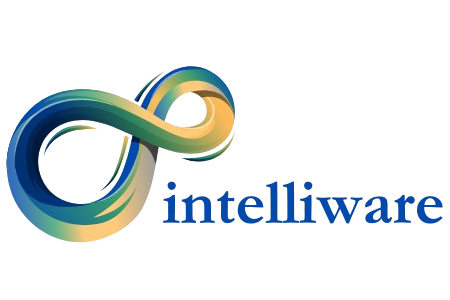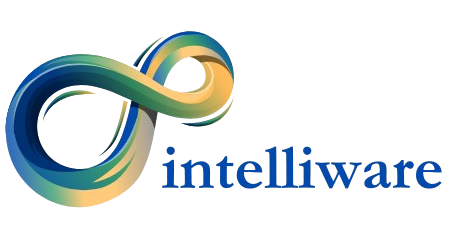Embracing Smart Energy Usage Monitors: A Path to Savings and Sustainability
Electricity has become a basic need in our lives. We require electricity throughout the day, whether it’s for residential, commercial, agricultural, transportation, or industrial use. The usage and our dependence on electricity will increase in the future with more and more electrification and automation in each of the stated sectors. At the same time, residential and commercial users of power will have concerns about how to control electricity bills and which power saver device to install?
The uptrend in Electricity Demand
You can refer to the following graph (published by IEA in India Energy Outlook 2021, World Energy Outlook Special Report) and check the daily electricity demand statistics including projections up to the year 2040 in the country across sectors. You can also observe the substantial growth of electricity demand in all the sectors esp. the Residential sector. With some calculations, you can also estimate the daily per capita electricity demand from Indian households.
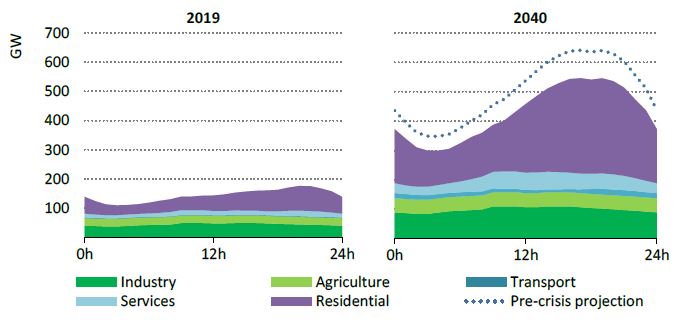
The projections of appliances’ ownership in Indian households also reinforce the above electricity demand graph during the same period in the future.
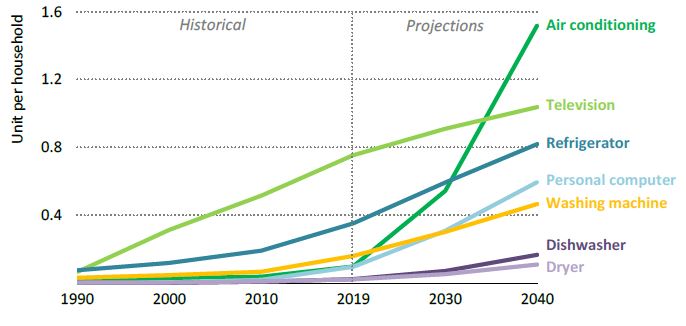
Appliance Ownership Projections for India
From the above graphs, you may draw an inference that; as we move towards Smart Cities, Smart Homes and Smart Living, we will add more devices, appliances, and luxuries into our lives. So, our dependence on electricity and hence its consumption will regularly increase.
Even today, our major power generation is based on coal, which is a non-renewable, limited, and environment polluting source of power generation. Sustainability in power would not only depend upon developing alternative and other renewable sources of energy but, also on the efficient and effective use of available energy irrespective of its source.
Electric Vehicles: Additional Electricity Loads
You are well versed with the rising trend of electric vehicles for both two-wheelers and four-wheelers. Sooner or later with the mass production of electric vehicles and their accessories, they may replace traditional fossil-fuel-powered vehicles as another necessity item for general households. Your electric vehicles will draw the power from your house’s electrical panel and put an additional burden on electricity bill payouts.
You may also observe that the prices of electricity in the Indian household sector are rising and higher than their counterparts in the USA when compared on the basis of purchase-power-parity (PPP).

So, you can make a straight inference, that in the future, with the growing fleet of electrical & electronic appliances, your electricity bills will regularly increase and take a major proportion of your monthly budget.
As, you would want to keep bringing more convenience, comfort, and luxury to your life; you would have to finance this up-trending demand for electricity in your house.
However, you may optimize your electricity consumption, so that you can save on your electricity bills and enjoy the benefits and luxury of appliances more efficiently and effectively.
Management of Roof-top Solar Power
Another aspect, which you may consider, is the installation of roof-top solar to partially feed the electricity demand in your house/commercial/industrial building. You know that solar energy will be a major part of the electricity generation mix in our country in the coming future. The government has launched Solar Mission and various programs & schemes to promote captive solar power generation at the end-user level.
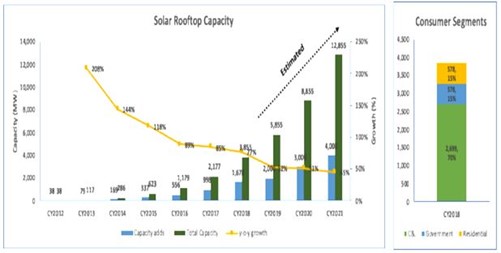
But, in a mix of Grid and captive solar-powered facilities, you would also like to keep an eye on the electricity supply and consumption statistics from different sources.
The one conscious action that you must do in this regard is to practice Energy Management on the premises. Energy management will address both of your above needs i.e. energy tracking on the supply side and usage optimization on the consumption side.
What is Energy Management?
You can consider Energy Management as the maximization of the utility of energy corresponding to a given amount of electrical energy OR alternatively minimization of electrical energy consumption corresponding to a certain energy utility (usage/consumption/value).
This means the practices and measures to minimize units of electricity billed corresponding to a typical utilization of electrical appliances on the premises; or maximization of appliance utilization against a fixed electricity budget.
The above concepts also comply with the Lean methodology which means better quality, less cost, less time, and less wastage. In other words, it would signify the maximization of efficiency, effectiveness, and Value in your energy consumption.
Successful energy Management will include Energy Audit and Optimization through awareness of the power consumption of various electrical & Electronic devices/appliances on the premises, the typical pattern of their utilization, and your conscious choice to regulate their operations to obtain maximum utility or value.
You can optimize the energy usage and control the electricity bills through a cyclic process comprising the following steps:
- Monitoring & Measurements
- Storage & Reporting
- Analysis & Control
Monitoring and Measurements
Under Monitoring and Measurements, you would ensure to capture and map the electricity supply and consumption statistics in suitable measuring units for the critical equipment/load-centers/circuits in the premises in a continuous manner. The load centers/circuits in the facility may include living room, bedroom, kitchen, or bathroom, etc. in your housing property; different AC units or different floors in your commercial showroom setup; overhead water pump or managers’ cabins in an office building; different motors, pumps, refrigeration units, or workshop areas, etc. in an industrial facility.
Storage and Reporting
Above stated time series of data per circuit comprises the current and voltage measurements of that circuit on a regular time scale. The frequency of data capturing may vary from technology to technology. For eg., AI-based systems may take current and voltage measurements over 1 million times per second.
This bulk time-series data can be pushed to the cloud for storage using the Wi-Fi network connection, or limited data can also be stored locally on the device.
You may use the stored data to generate various reports for your review and understanding like the weekly energy consumption of individual circuits. Users can also generate monthly supply and consumption reports of individual loads like Electrical pumps. Usage graphs can also be plotted for better data visualizations.
Analysis and Control
Through keen observation and comparing consumption patterns and statistics, you can interpret the usages and identify the inefficiencies in the consumption of power in the facility. For example, you may identify that the AC of your Sales Manager’s cabin remains ON even when he is out of the office for customer meetings; a school may notice that 4 Window ACs in the staffroom continue to cool the Hall even after the lunch break is over when all the faculty members are taking their respective lectures; the office admin may point-out that the water pump remains ON for more than 4 hours daily, even when it should fill the water tank in 2 hrs time.
You can encounter enormous cases wherein electricity wastages are getting unnoticed leading to lower efficiencies and higher bill payouts. Office Admin or any other concerned department can use such observations to find the lacunas in energy usage and take control measures to improve the consumption efficiency and effectiveness in the building. You can optimize your power consumption by the awareness, education, and regulation of electricity within the campus.
What is a Smart Electricity Monitor (Power Saver Device)?
Smart Electricity Monitor is a smart electricity-saving device used to optimize the electrical consumption in the facility and hence save electricity and control electricity bills. It helps you to monitor, measure, store, report, analyze and regulate the electricity consumption on the campus.
You can install this electricity audit device inside/beside your electrical panel in the building. To support a single-phase or three-phase power supply, it has one or three 200A current sensors for service mains respectively. Depending upon its type, it can have up to 16 no. of 50A current sensors for individual circuits. The device sensors take the current and voltage readings in a non-invasive manner. The Wi-Fi-enabled central unit transmits the captured data to the cloud for storage and reporting purposes. You can assess the data through the mobile app in various report formats for your review and analysis considerations. Based on your analysis and identification of inefficiencies, you can take control measures to optimize the energy usage on the premises.
Your control measures may include user awareness and education, highlighting the usage inefficiencies and direct and indirect cost impacts. You can set standard processes and guidelines for energy usage. Define roles and responsibilities along with energy-saving targets to be reviewed on a continuous basis.
What are the types of Smart Electricity Monitors to Control Electricity Bills?
Smart electricity monitors are of two types:
- Hardwired Sensor-Based Electricity Monitors: Hardwired sensor-based electricity monitors have physical sensors for both service mains and individual circuits. These sensors monitor the current and voltage profiles of the mains and the circuit loads. Such a system starts working immediately after the installation and configuration.
- AI-Based Electricity Monitors: AI-based electricity monitors take current and voltage measurements only at the service mains. They do not have individual circuit sensors. Rather, they use machine learning and pattern recognition to identify different electrical devices in the campus network to be monitored. Such monitors take some time to functionally identify and configure all the loads via their load signatures/unique identifiable patterns.
Both the above types of devices are efficient and effective to monitor and control electricity bills, consumption, and energy wastage.
Which are the leading Power Saver Device Brands to Control Electricity Bills?
- Schneider Electric: Schneider Electric’s Wiser Energy Home Power Monitor is an AI-based Smart Electricity Monitor. Over time, through crowdsourcing and using machine learning, the app senses electrical activity. And identifies your electrical devices in the electrical network on the premises. It is one of the leading devices to monitor and control electricity bills and electricity wastage.
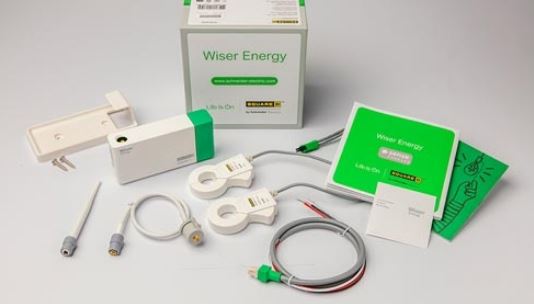
- SustLabs: SustLabs Ohm Assistant Personal Energy Assistant, Power Monitoring Device is a Wi-Fi Enabled Smart Electricity Tracker. It is also an AI and Machine-Learning-based Electricity Monitor. This device is highly effective to control electricity bills in single-phase or three-phase Domestic and Light Commercial installations.
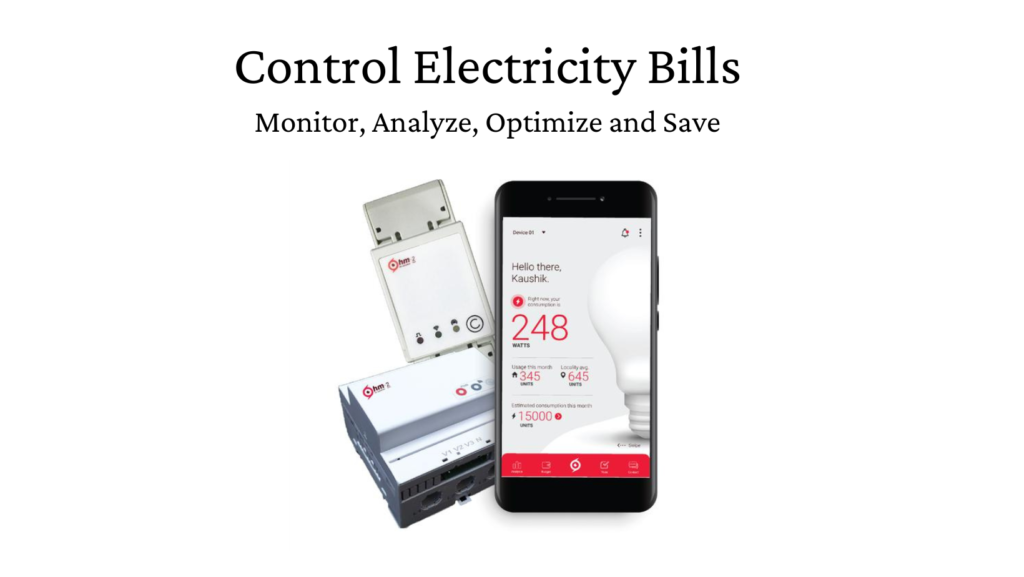
- Emporia Energy: Emporia Energy’s Emporia Gen 2 Vue Whole Home Energy Monitor is a hardwired sensor-based Smart Electricity Monitor (Power saver device). It comes in Single-phase, 2-Phase, and 3-Phase models and supports up to 16 circuit sensors per device. Two or more Power saver devices can be interconnected to extend the number of individual circuits under a single device configuration. This device is ideal for Domestic and Light Commercial installation to monitor and control electricity bills in the facility.
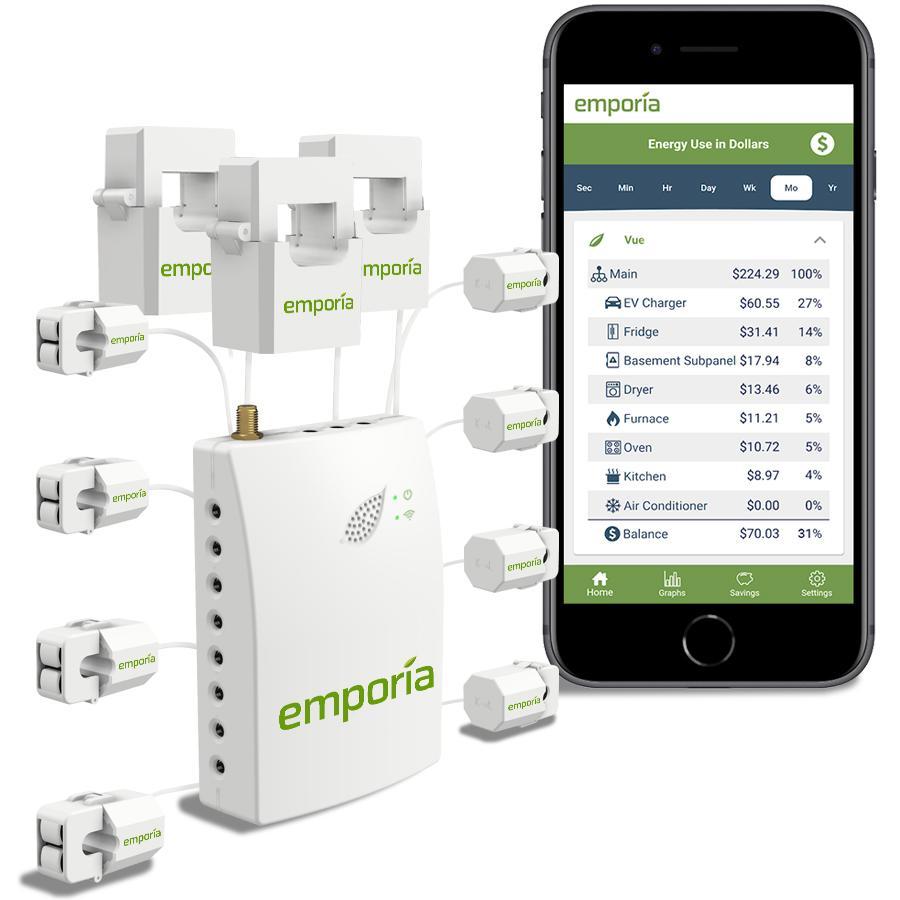
What are the Benefits of Smart Energy Usage Monitors?
- Real-Time Energy Consumption Insights: Smart energy monitors provide real-time data on energy consumption by gathering information from various electrical systems, including lighting, heating, ventilation, air conditioning (HVAC), and machinery. This real-time data visualization allows industries and domestic users to identify energy-intensive areas and consumption patterns. Empowered with these insights, stakeholders can make informed decisions, such as adjusting energy-intensive processes or optimizing operational schedules to reduce peak loads.
- Accurate Energy Measurements and Billing: Traditional energy meters often provide limited visibility into energy usage, making it difficult to accurately measure consumption and allocate costs. Smart energy monitors address this challenge by offering precise measurements and granular data. This accuracy enables industries to track energy usage on a per-device or per-process basis, aiding in identifying energy hogs and potential areas for optimization. Furthermore, accurate measurements ensure fair and transparent billing, particularly in multi-tenant or shared spaces, promoting equitable distribution of energy costs.
- Proactive Energy Management: IoT-based energy monitoring devices empower users to proactively manage their energy consumption. Through intelligent analytics and customizable alerts, these devices can detect anomalies, equipment malfunctions, or sudden spikes in energy usage. Timely notifications enable users to address issues promptly, preventing energy waste and minimizing downtime. Proactive energy management not only reduces costs but also enhances equipment lifespan and productivity, improving overall operational efficiency.
- Energy Optimization and Efficiency: Comprehensive insights into energy usage patterns allow industries and domestic users to identify energy-saving opportunities. Smart energy monitors facilitate the identification of inefficient equipment, suboptimal operational practices, and areas with potential for improvement. Armed with this knowledge, stakeholders can implement energy efficiency measures, such as upgrading to energy-efficient appliances, optimizing HVAC systems, or implementing demand-response strategies. Consequently, businesses can reduce their environmental footprint, lower energy bills, and achieve sustainability targets.
- Sustainability and Carbon Footprint Reduction: As the global focus on environmental sustainability intensifies, industries and domestic users must actively contribute to reducing their carbon footprint. Smart energy monitors play a crucial role in achieving these sustainability goals. By monitoring energy consumption in real-time, identifying energy waste, and facilitating optimization measures, these devices promote energy-efficient practices. The widespread adoption of smart energy monitoring technology can significantly contribute to reducing greenhouse gas emissions, conserving natural resources, and mitigating the environmental impact of energy-intensive activities.
What are additional considerations before purchasing Smart Electricity Monitor to Control Electricity Bills?
You should check the technical and spatial requirements of the device. Including its physical dimensions to ensure a hassle-free installation and smooth operations. While evaluating the product you should consider the following additional requirements:
- You should have a consistent 2.4Ghz Wi-Fi connection
- Your Smartphone runs on iOS or Android and has Bluetooth and Wi-Fi connectivity
- The maximum current does not exceed 200A per phase and 50A per circuit.
- The electrical panel should have enough space to accommodate sensor clamps and the main unit. Also, check the panel sizing suiting the default lengths of Sensor cables and power cables.
- The surrounding temperature does not drop below 32°F (0°C) or exceed 122°F (50°C).
- The system should not be exposed to water or areas with high condensation.
